7 Steps to a Mold-Free Property
AQHI Inc. can Help Remove Mold and Prevent it From Returning.
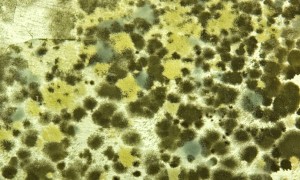
- Removing porous material: Once mold has become established in porous building materials such as ceiling tiles, drywall, carpet, etc., they typically need to be discarded rather than cleaned. Other belongings such as clothing and upholstered furniture may also need to be thrown out. It all depends on the extent of the mold growth. Our experienced technicians can help you differentiate between salvageable and non-salvageable items and provide the necessary cleaning or disposal services.
- Removing surface mold growth from non-porous surfaces: Mold may also grow on the surface of non-porous materials including metal, glass, vinyl floor coverings, intact wood studs, etc. At AQHI Inc. our mold remediation crews understand how to effectively clean these materials without damaging them.
- Washing surfaces with a biocide solution: Just because a surface looks clean following a mold cleanup doesn’t mean all vestiges of the mold are gone. We clean all surfaces…
READ MORE →
Why We Use HEPA Filtration for Remediation Projects
HEPA Filtration is The Best Way to Clean Work Areas Following Remediation.

What is HEPA Filtration?
HEPA stands for High-Efficiency Particulate Air, meaning that HEPA filters do an extremely good job of trapping even very small particles and preventing them from continuing to circulate in the air. In order to qualify as a HEPA filter, products must meet guidelines established by the government including successfully capturing 99.97 percent of particles measuring at least 0.3 microns in diameter. HEPA filters can also capture much smaller particles including those less than 0.1 microns wide.
How Do HEPA Filters Work?
An ordinary filter is a mat of fibers that works like a sieve, so that any particles larger than the gaps between the fibers will…
READ MORE →PCBs Still Pose a Threat in Many Older Schools
Two Main Concerns are Old Fluorescent Lights and Caulk.

PCBs in Fluorescent Light Ballasts
PCBs were phased out of fluorescent light ballasts in 1979, so only schools whose lighting systems have not been updated since then are at risk. While the risk of exposure does increase if the lights break or catch fire, these types of lights can also release PCBs during normal…
READ MORE →What You Need to Know About Asbestos
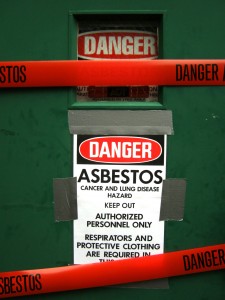
Effects on Health
Breathing asbestos fibers can have some serious effects on one’s health. Mild reactions generally include sinus, asthma, shortness of breath, scarring of the lungs, and other respiratory conditions. Prolonged exposure can lead to the development of Mesothelioma, lung cancer, and other serious and chronic health conditions. These health concerns can take anywhere from 15 to 60 years to manifest from the time of initial exposure. If you suspect that your property has asbestos, contact a remediation company right away.
Detection and Testing
Unlike many other forms of toxins and pests, testing is the only way to properly detect the presence…
READ MORE →Do You Have Mold in Your Home?
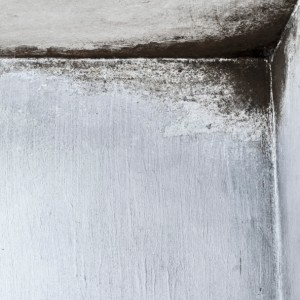
Smell
In many cases, the presence of mold is detectable by its moldy smell. Of course, the smell alone will not necessarily lead you to where it is, but it will alert you to its presence. If you happen to notice a musty smell in your home, contact a mold removal service to discover and get rid of the source.
Appearance
While mold is often found underneath carpeting, tiles, and behind walls, it may also be in plain view. Unlike pests, mold will not run and hide, it grows where there is moisture and warmth. It can be black, dark grey, green, brown, and even white in color. It may or may not have a stringy and spongy like appearance….
READ MORE →The Professional Methods of Lead Paint Abatement
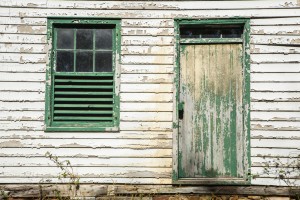
Method One: Removal
Some materials, like many metals, can be easily stripped of paint while retaining their durability. Chemically stripping such objects will keep the areas as free of lead dust as possible. However, these paint strippers are comprised of very harsh chemicals that can be hazardous to your health. This is why professional-grade ventilation and protection equipment is necessary at all steps of the process.
Method Two: Replacement
Smaller objects and…
READ MORE →How Asbestos Can Affect Your Family
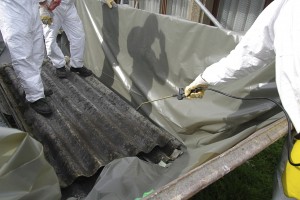
The Damage Asbestos Can Cause
The inhalation of asbestos can have serious health risks for a person of any age. Four major diseases have been identified as the result of exposure to asbestos.
- Mesothelioma is a cancer that affects the lining of the chest and lower digestive tract, and is almost exclusively caused by asbestos exposure. Unfortunately, mesothelioma is a terminal disease, too severe to be successfully treated by the time it is diagnosable.
- Asbestosis is the severe scarring of lungs that comes from heavy, sustained exposure to asbestos fibers. This condition causes shortness of breath, and is capable of increasing in severity to a fatal degree.
- Pleural thickening is the physical reaction of the lungs’ direct exposure…
READ MORE →
What’s the Big Deal With Lead Anyway?

A History of Lead Usage
Lead is the densest stable element, which means that is it not radioactive, but is very heavy. It is prevalent in the earth, easy to mine and smelt, and extremely malleable. These characteristics allowed it to become a metal of choice for several civilizations, including the Romans. They used lead for the pipes in their plumbing systems, and the lead is often blamed for at least part of the collapse of that great empire. Lead poisoning occurs when a person ingests or inhales lead or lead residue. The resulting damage to the nervous system is often irreparable. Some common items that with lead in them include:
- Scuba diving and fishing weights
- A colorant in ceramic glazes
- Electronics’ soldering
- Gasoline (pre-1970’s in…
READ MORE →
How to Know if You Are Being Poisoned by Your Own Home

Lurkers in Homes and Building Nationwide
Most people are aware that past generations routinely used harmful substances in construction, but what people may not know is that these chemical compounds could be in their own homes. A few of the most prolific substances are:
This is a natural fiber that has been mined for thousands of years. It is amazing useful, but inhaling this mineral causes damage to the lungs and can even lead to certain cancers. When present in the home, it should be removed quickly and properly.
Lead is an element that is also useful in industrial processing and as a binder. It is most often found today in old homes, especially in paint. Lead poisoning happens slowly and injures the nervous system, effectively…
READ MORE →Should You Leave Asbestos in Your Home?

Asbestos Exposure
Unfortunately, asbestos contamination usually takes several years before symptoms begin to show. This means that families may be affected at home without knowing that they have been affected. Workers in factories that once produced asbestos may find out years later that their health has been comprised. The risks associated with asbestos poisoning include lung cancer and mesothelioma. Over time, the scarring that builds up in the lung tissue can cause death.
Should You Test Your Home for Asbestos?
It is best to leave asbestos alone, but you may not recognize whether or not the items in your home have the material unless it is labeled. If you…
READ MORE →












